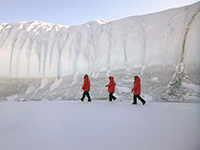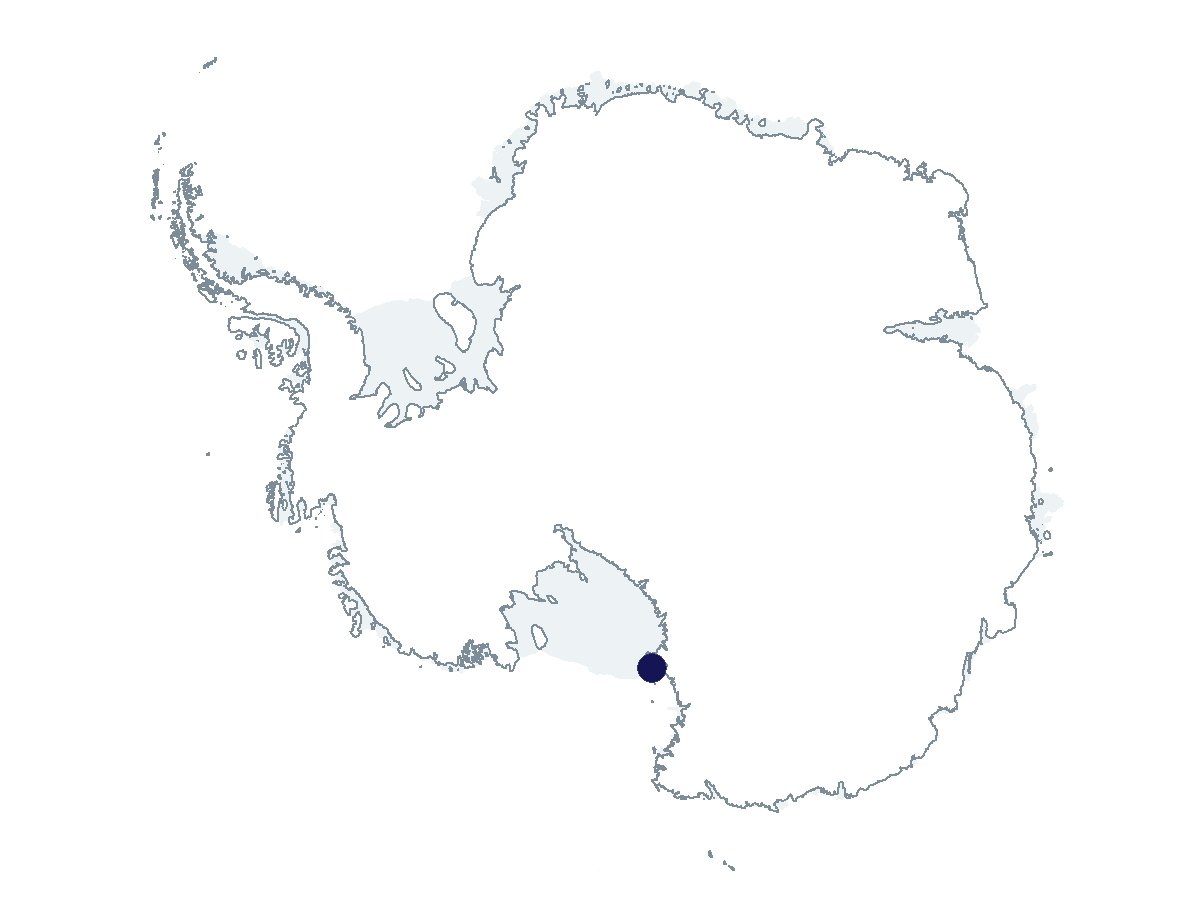2022-2023 USAP Field Season
Project Detail Project TitleMcMurdo LTER – Glaciers: Ecosystem response to amplified landscape connectivity in the McMurdo Dry Valleys, Antarctica Summary
Event Number:
Program Director:
ASC POC/Implementer: Principal Investigator(s)
Dr. Michael N Gooseff
Project Web Site: Location
Supporting Stations: McMurdo Station DescriptionThe McMurdo Dry Valleys Long-Term Ecological Research (MCM-LTER) Program is an interdisciplinary and multidisciplinary study of the aquatic and terrestrial ecosystems in an ice-free region of Antarctica. The MCM-LTER has studied Dry Valleys ecosystems since 1993, and observed their responses to climate variations over time. Landscape connectivity, such as streams connecting glaciers to lakes, and lake level rise connecting upland soils, is recognized to be influenced by climate and geological drivers. This physical connectivity facilitates biotic linkages and enables gene flow among the endemic microbial communities. Researchers hypothesize that increased ecological connectivity within the Dry Valleys will amplify exchange of biota, energy, and matter, homogenizing ecosystem structure and functioning. In this fifth iteration of the MCM-LTER program (MCM5), researchers are testing this hypothesis through continued monitoring and experiments over six field seasons. Researchers are examining how climate variation alters connectivity among landscape units and how biota (species, populations, and communities) are connected across this heterogeneous landscape, using state-of-the-science tools and methods, including ongoing and expanded automated sensor networks, analysis of seasonal satellite imagery, biogeochemical analyses, and next-generation sequencing. Results will inform understanding of ecosystem response to climate drivers and will be directly transferrable to other ecosystems. Field Season OverviewTwo participants will work closely with other LTER groups including Priscu (C-505), Adams (C-507), Takacs-Vesbach (C-508), McKnight (C-509), Doran (C-511), and Gooseff (C-506 "Stream Team"). Researchers will make glacier mass balance measurements on Taylor, Canada, Commonwealth, Howard, and Adams Glaciers. They will open and service stream gauges in Wright, Taylor, and Miers Valleys by replacing dataloggers, installing new sensors, and installing telemetry capabilities. Researchers will also visit and upgrade data loggers in their Active Layer Monitoring Stations (ALMS - nine total across Taylor Valley), as well as service instrumentation at Explorers Cove and Don Juan Pond. Researchers plan to overlap with the Gooseff (C-506) personnel and hand off stream gage responsibilities to them after their arrival in December. C-506 will then conduct late season glacier mass balance measurements after C-504 participants have departed. Deploying Team Members
|
2022-2023 Science Planning Summary



For USAP Participants |
For The Public |
For Researchers and EducatorsContact UsU.S. National Science FoundationOffice of Polar Programs Geosciences Directorate 2415 Eisenhower Avenue, Suite W7100 Alexandria, VA 22314 Sign up for the NSF Office of Polar Programs newsletter and events. Feedback Form |



